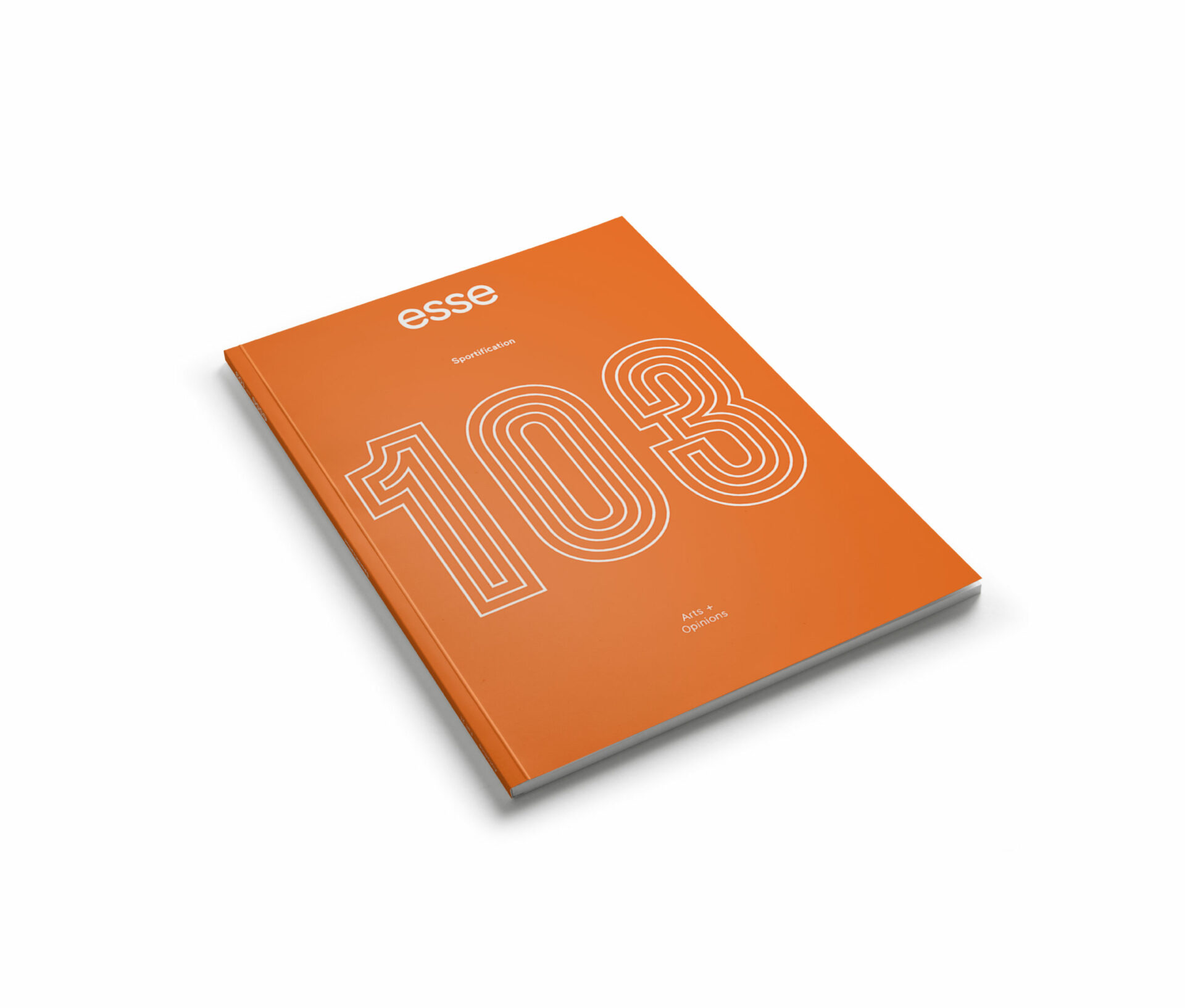
No Rest for the Wicked
Vancouver-based artist Hazel Meyer chooses team sports as the subject for her installation and performance projects. Her notable series Muscle Panic (2014 – ongoing) is part installation of customized objects and sports gear, and part group exercise. Since its first installment, the project has been reprised in multiple venues: an abandoned barn (Muscle Panic, 2014), a garage-turned-gallery(Muscle Panic: garage, 2015), a narrow locker-room hallway (Muscle Panic, 2015), and the Dutch Masters room at the Art Gallery of Ontario(Muscle Panic — Dutch Masters House, 2017). For each iteration, Meyers recruits local performers who are “women, trans, and non-binary artists, athletes, and activists”1 1 - Josh Inocéncio, “Muscle Panic: Interdisciplinary Artist Fuses Sports, Queerness at Art League Houston,” Spectrum South: The Voice of the Queer South, February 23, 2018, accessible online. to participate in a program of team exercises such as mini-basketball games, group workouts, and runs that take place inside the installation or around the exhibition venues. After each performance, Meyer collects the pieces of gear and equipment that have been soaked with the performers’ sweat and includes these bodily-charged items in subsequent iterations of the project, often piling them in a heap. Enmeshed in layers of symbolism, Meyer’s installations substitute her customized tools, gear, and built structures for the queer bodies. The scaffolding props up the venue’s architecture, creating a literal structural intervention in the codes and regulations of which these buildings are manifestations. Modernist architects have strived to create space that can improve living conditions and facilitate social well-being. Self-tasked with this responsibility, the practice of architecture traditionally enforces socio-political conventions rather than challenge them. Through Meyer’s serial installations of Muscle Panic in spaces with various forms and functions, the resemblances between architecture and the spectacle of organized sports become more apparent.
